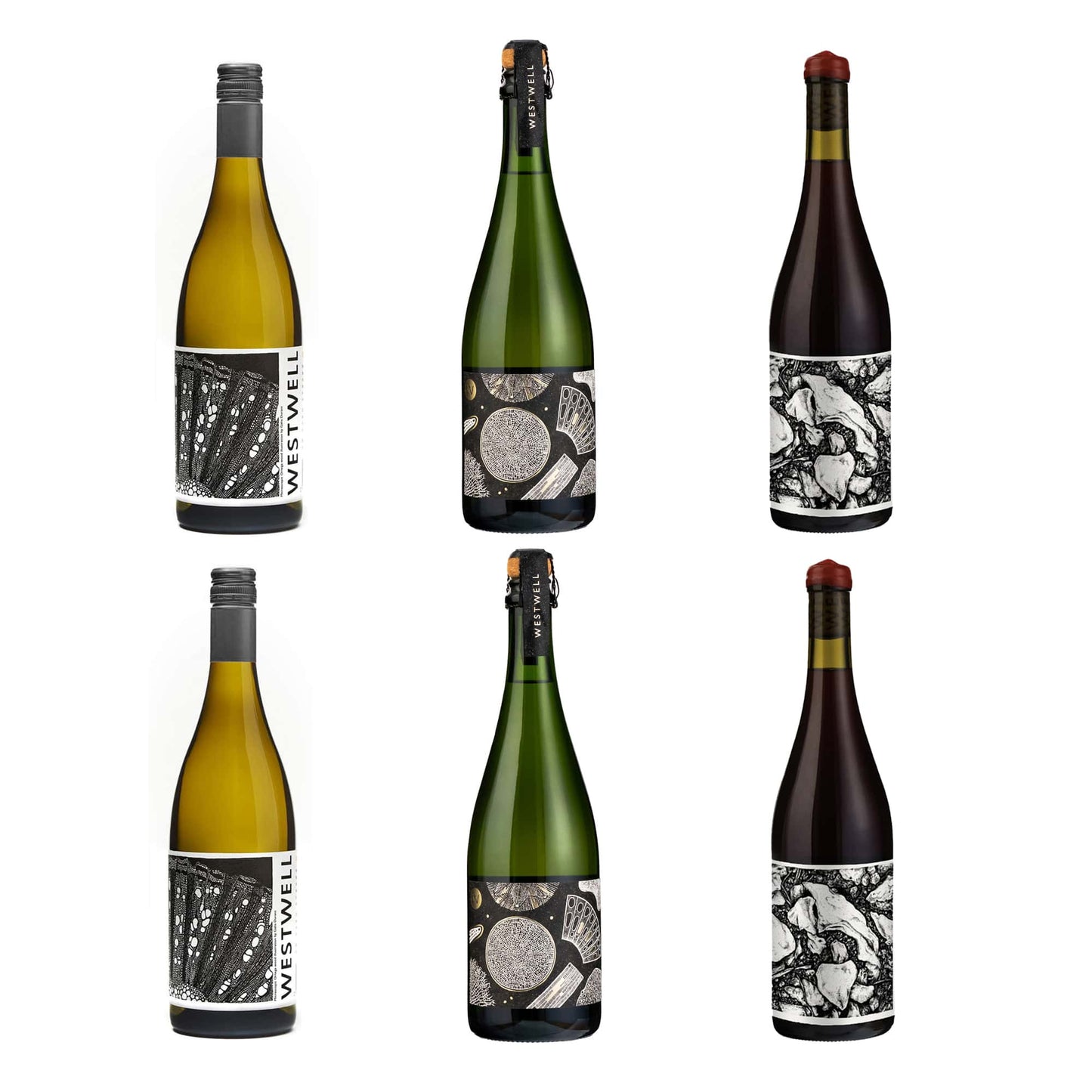Canopy management is all about controlling the way a vine grows during late spring and summer to maximise exposure of the developing bunches of grapes to sunlight and allow good air circulation through the canopy to reduce the risk of fungal disease.

It’s broken down into 3 main elements.
Shoot Thinning - A vine will typically produce about 30 or more shoots when it starts growing in the spring, but not all these shoots have the potential to produce fruit. In late May you can clearly see which shoots have flowers (potential bunches of grapes) and which do not. We remove the non flowering shoots, thinning out the canopy to allow more space for the fruiting shoots to develop.

Tucking In / Up - In early June we start the process of tucking in the vine shoots as they grow. If left to their own devices, a vine would grow in a sprawling manner with the developing fruit hidden underneath foliage, so we train the shoots up vertically between pairs of foliage wires to better expose the bunches of grapes whilst maintaining a tidy leaf canopy.

Leaf Stripping - Once flowering has taken place (usually late June early July) and the fruit has set, we will start removing leaves from around the developing bunches of grapes. Removing about 70-80% of foliage in the fruit zone allows more exposure to sunlight and improves air flow through the canopy, reducing disease risk.

As with most aspects of viticulture and oenology, canopy management is always about balance - in this case balancing sunlight, warmth, moisture and our old friend time.


